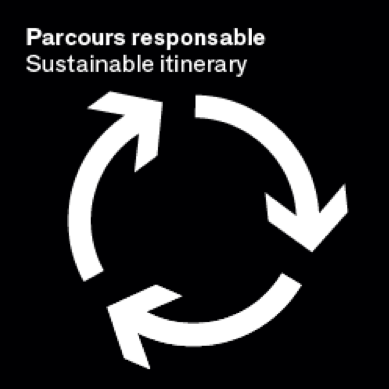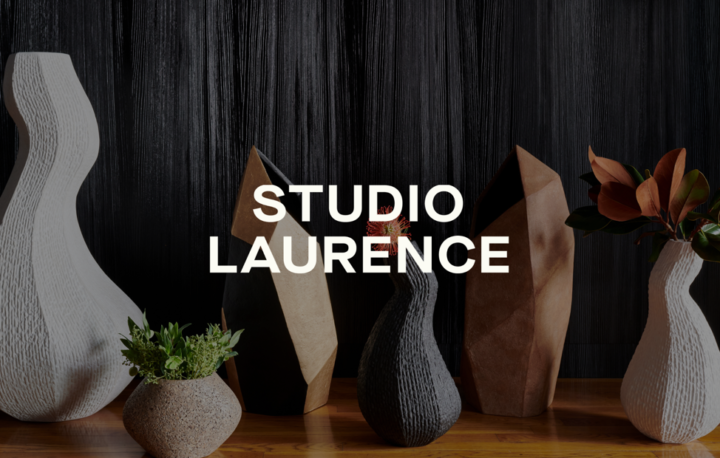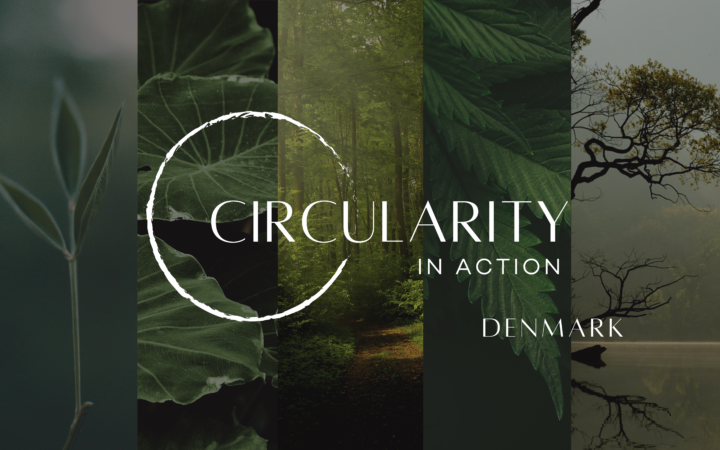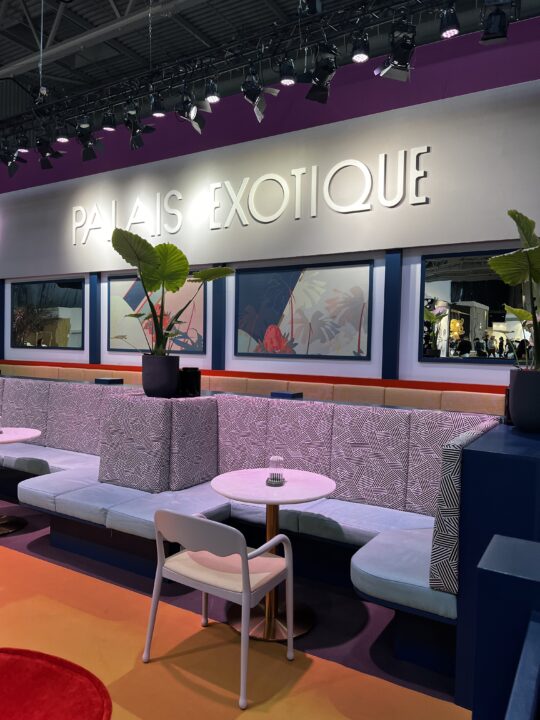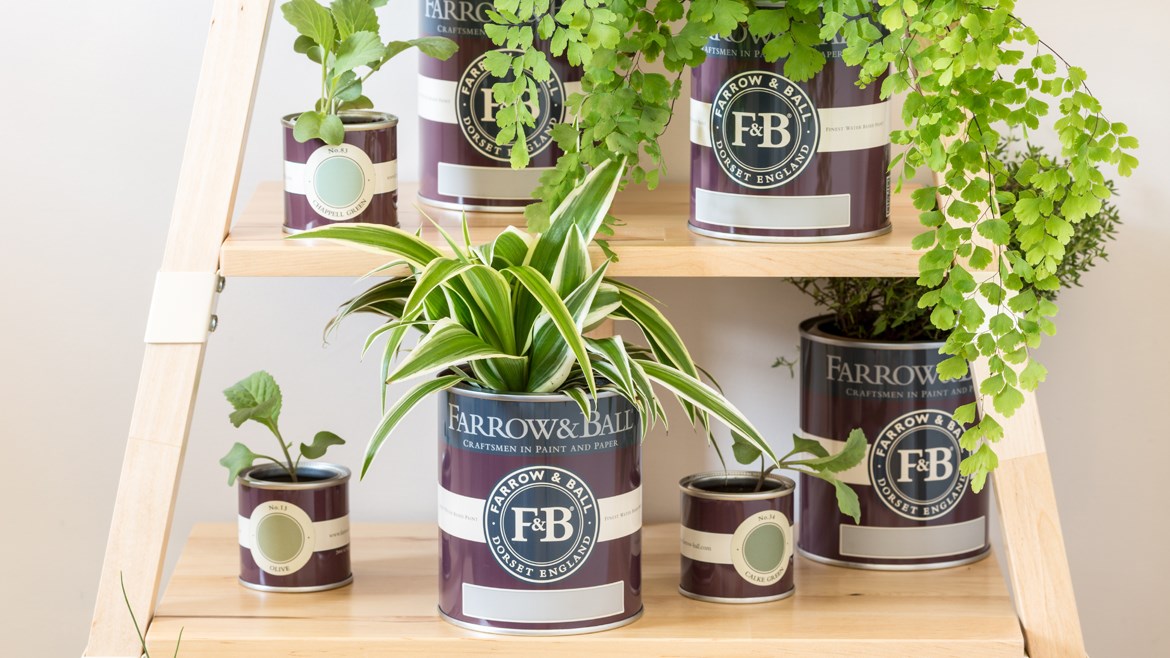
It is nearly impossible to ignore the rapid change our planet has undergone. Fires sweep through forests, take down homes, and engulf entire towns. Floods cover land with water, drowning everything in sight. And our planet’s vital ice caps recede into our rising oceans. We watch and we wonder how, as intelligent inhabitants of this planet, have we let it get so bad? And is there any hope for global healing? The answer is a resounding, “yes!” but it will take more than a few small tweaks to see real, tangible change. We have to take an honest look at our society’s economic practices, our roles as members of the design community, and choose a better, more sustainable path.
First, we have to understand the core problem. We continuously take from finite natural resources, yet we do nothing to balance the scales. Although we have collectively been more aware of our consumption, our overall rate of recycling is not good. A mere 9% of the materials we use are reused, thus leaving 91% to sit in our landfills.
Looking holistically at human behavior, our economy stands out as a key factor in our inability to achieve lasting change. Our current economy is linear, showing patterns of taking natural resources and outputting damaging waste. In other words, we extract, consume, and toss. Lather, rinse, repeat.
If we view the linear nature of current practices as the problem, we can begin to envision a solution. The notion of a circular economy rises to the top as our greatest hope for better planetary health. This means encouraging and supporting practices that create less waste—the result is a living, breathing economy that feeds itself, instead of bleeding our planet dry. Last week, I led a discussion on this topic in Coco-Mat showroom in New York City as an event partner of Circular City Week and was interviewed by Business Of Home.
So how does a circular economy work? Simply put: waste does not exist. First, all of a product’s components are strictly analyzed and categorized, labelled as either consumable (biological) or durable (metal or plastic). Second, The circular economy aims to “design out” waste, which means intentionally designing products with disassembly and reuse of parts in mind. Third, the energy required to fuel this cycle must be renewable, so wind, water, and solar power must be leveraged.

When tackling design projects, we must look at our selections on a micro level, then zoom out and look at the macro effects. On a larger project, a designer has the ability to push funds into ecologically responsible companies, thus making a choice that will positively impact the industry as a whole. I suggest that designers working on large-scale, likely commercial projects, take a close look at every, single purchase. For example, swapping your go-to paint for eco-friendly Farrow & Ball could have little impact on your budget, but may save the surrounding soil from damaging seepage. Or choosing Duracolor carpeting instead of your typical industrial carpeting could save thousands of pounds of waste from dumpsites later on. A single choice paired with client education on the benefits of making wise ecological choices could change the company’s trajectory and reduce its overall carbon footprint.
On the small-scale, a designer focused mainly on residential projects has the ability to affect change in the life of an individual. Bringing sustainability into the dialogue from the beginning of the design process helps clients understand the overall impact eco-friendly practices can have on a person’s sense of wellbeing. A Coco-Mat mattress provides excellent sleep support and is made with practices that cause little to no harm to the environment. Responsible wood furniture sourcing is key, and a wood table from Philips Collection offers luxurious dining options that do no harm. For seating, choosing the Infiniti Curve Back Sofa couch by Crate & Barrel provides a sleek look without the use of damaging practices. Never discount the importance of pushing the envelope on change in one person’s life—this one ripple can make waves.

There is no longer room for debate, nor is there space for questions. If we hope to make any changes in the overall health of the Earth we have to start small. Looking closely at waste management is paramount.
As a GREEN leader accredited Professional and a member of the Sustainable Furnishing Council, I will remain at the forefront of this discussion, providing education and spreading the word about contributing to global change. You may continue to follow my journey for more resources on my blog.
Laurence Carr wrote this blog in March 2019 after a keynote presentation in partnership with Circular City Week New York 2019. Since then she has become Ambassador for the Sustainable Furnishings Council, an advocate for healthy materials at the Healthy Materials Lab @ Parsons the New School, and engaged in many new endeavors supporting circularity and regenerative design.
